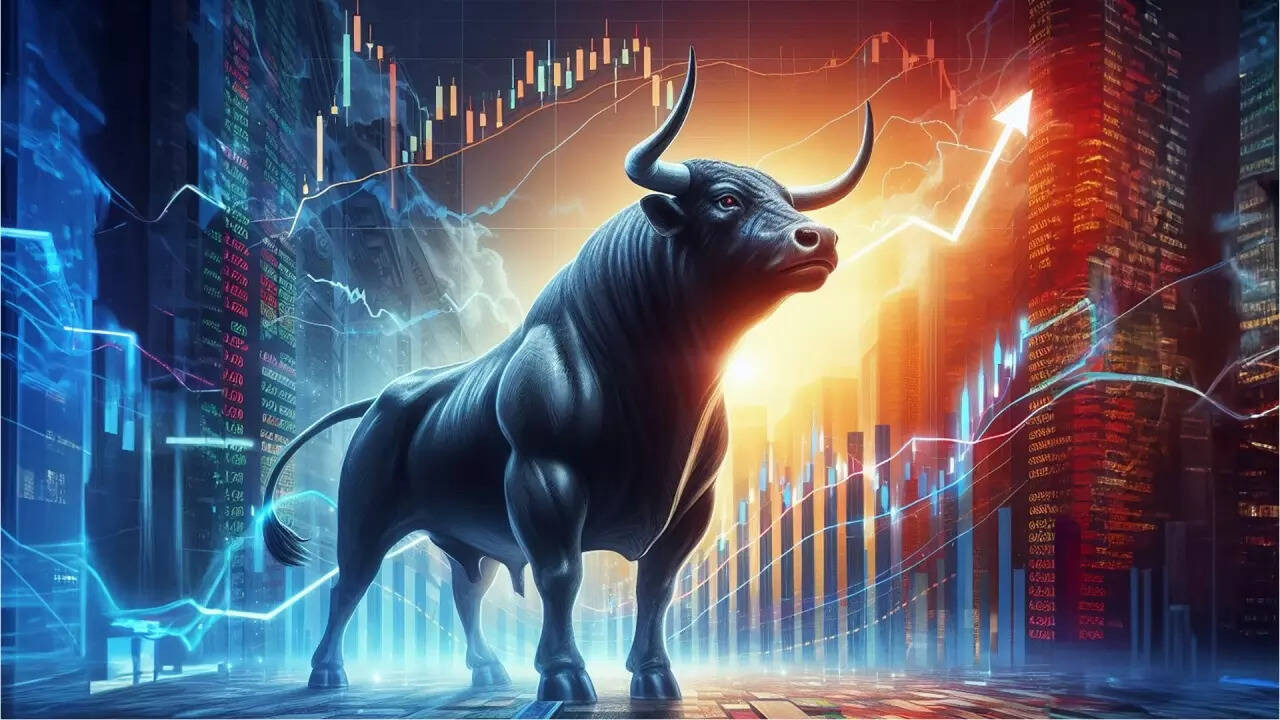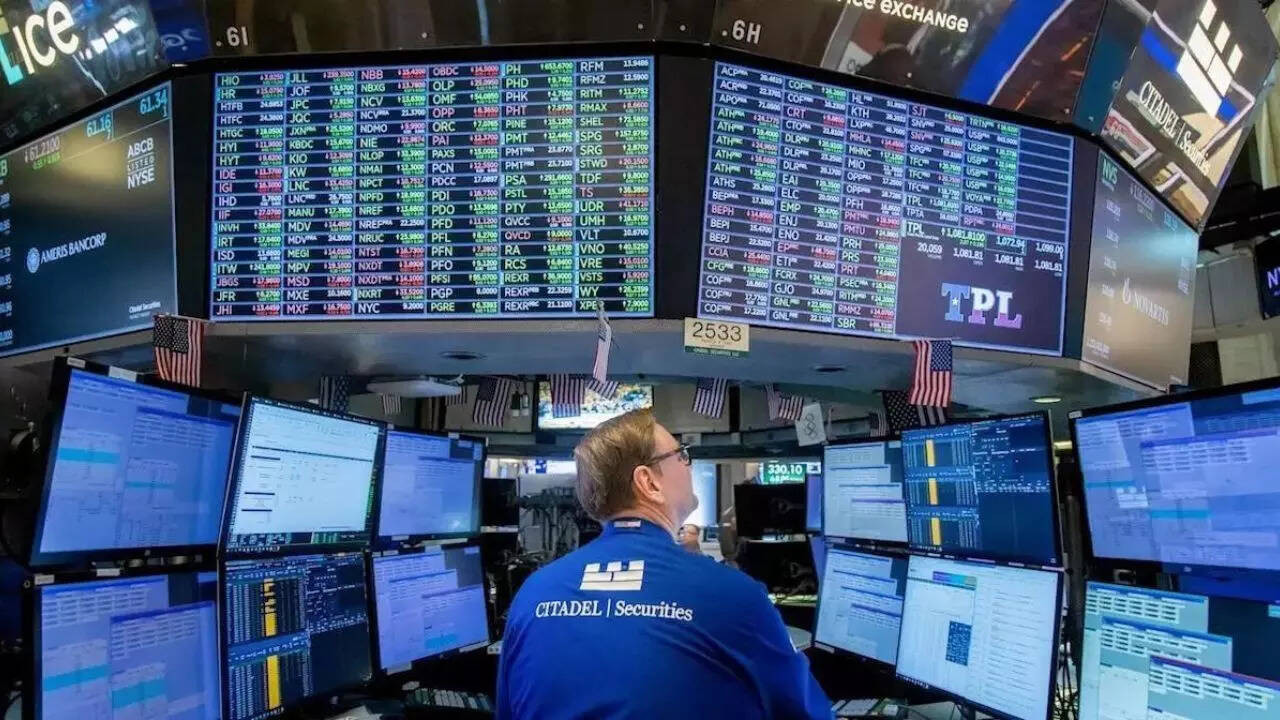A new analysis warns that the global shift away from Russian gas is creating market instability due to tighter supplies and political realignments. Countries are increasingly relying on the US for LNG, described as a volatile ally, with potential for price swings and political friction as the US expands its export capacity.
Shifting Sands: How LNG Geopolitics is Rewriting the Global Energy Map
The world’s energy landscape is undergoing a seismic shift. Forget incremental changes; we’re talking tectonic plates grinding against each other, reshaping everything we thought we knew about natural gas. And at the heart of this drama? Liquefied Natural Gas, or LNG, and a complex web of geopolitics, sanctions, and shifting alliances.
For decades, Europe relied heavily on a steady stream of natural gas from Russia. Pipelines were the arteries of this energy flow, delivering relatively cheap and reliable fuel to power homes and industries. Then, everything changed. The war in Ukraine, coupled with subsequent sanctions, choked off that supply, leaving Europe scrambling to find alternative sources. This sudden void sent shockwaves through global energy markets, triggering a scramble for LNG and exposing vulnerabilities that had been simmering beneath the surface for years.

The Rise of the US: A New LNG King?
Enter the United States. Armed with abundant shale gas resources and the infrastructure to liquefy and export it, the US has emerged as a dominant player in the LNG market. American LNG is now a lifeline for many European nations, offering a crucial alternative to Russian gas. This surge in exports has been a boon for the US economy, but it also carries inherent risks.
The US has rapidly expanded its LNG export capacity, becoming a vital energy supplier to Europe. The shift toward American LNG comes with its own set of complexities. Relying on a single supplier, even one as powerful as the US, creates a new form of dependence. Geopolitical events, domestic policy changes, or even extreme weather events in the US could disrupt supply, leaving European nations vulnerable once again. Diversifying energy sources remains a crucial priority, and countries are actively exploring options like renewable energy and alternative gas suppliers.
The Sanctions Tightrope: Navigating a Complex Web
Sanctions against Russia have undoubtedly accelerated the reshuffling of global gas flows. However, they’ve also created a complex web of unintended consequences. While the intent is to cripple Russia’s energy revenue, the reality is far more nuanced.
Countries like China and India have continued to purchase Russian gas, often at discounted prices. This has allowed Russia to mitigate some of the financial impact of the sanctions, while simultaneously creating new trade routes and dependencies. The long-term effects of these shifts are still unfolding, but it’s clear that sanctions alone are not a silver bullet solution. They are a powerful tool, but one that must be wielded with precision and a clear understanding of the potential ripple effects.
Volatility is the New Normal: The Future of LNG
The LNG market is now characterized by unprecedented volatility. Prices fluctuate wildly, influenced by everything from weather patterns to geopolitical tensions. This instability makes it difficult for businesses and consumers to plan for the future, creating uncertainty and hindering economic growth.
Increased competition for LNG, coupled with infrastructure constraints, further exacerbates the situation. Building new liquefaction plants and import terminals takes time and requires significant investment. This means that supply will likely remain tight for the foreseeable future, keeping prices elevated and contributing to market volatility. For related insights, read our previous article about innovative [renewable energy investments](internal-link-to-relevant-content).
LNG Geopolitics: A New World Order?
The reshaping of global LNG flows is more than just an energy story; it’s a geopolitical drama playing out on a global stage. The shift in power dynamics, the emergence of new alliances, and the increased vulnerability of nations dependent on a single energy source are all defining elements of this new world order.
As countries navigate this complex landscape, strategic partnerships, diversification of energy sources, and investments in renewable energy will be critical for ensuring energy security and mitigating the risks associated with relying solely on LNG. The decisions made today will shape the global energy landscape for decades to come. One thing is certain: the era of cheap and readily available natural gas is over. The future belongs to those who can adapt to the new realities of the LNG market and forge a more sustainable and resilient energy future.







